
views
The Indian Army’s Eastern Command has opened its headquarters Fort William in Kolkata to the public for ‘heritage’ walks for the first time. Built as a symbol of the British Raj, this enduring fortification houses magnificent buildings of historical importance.
From the Black Hole of Calcutta to the Bose (Netaji) cell, Fort William has its own stories to tell and, through this heritage walk, the army aims at raising awareness on what lies beyond this strictly guarded and highly secure British-era military hold.
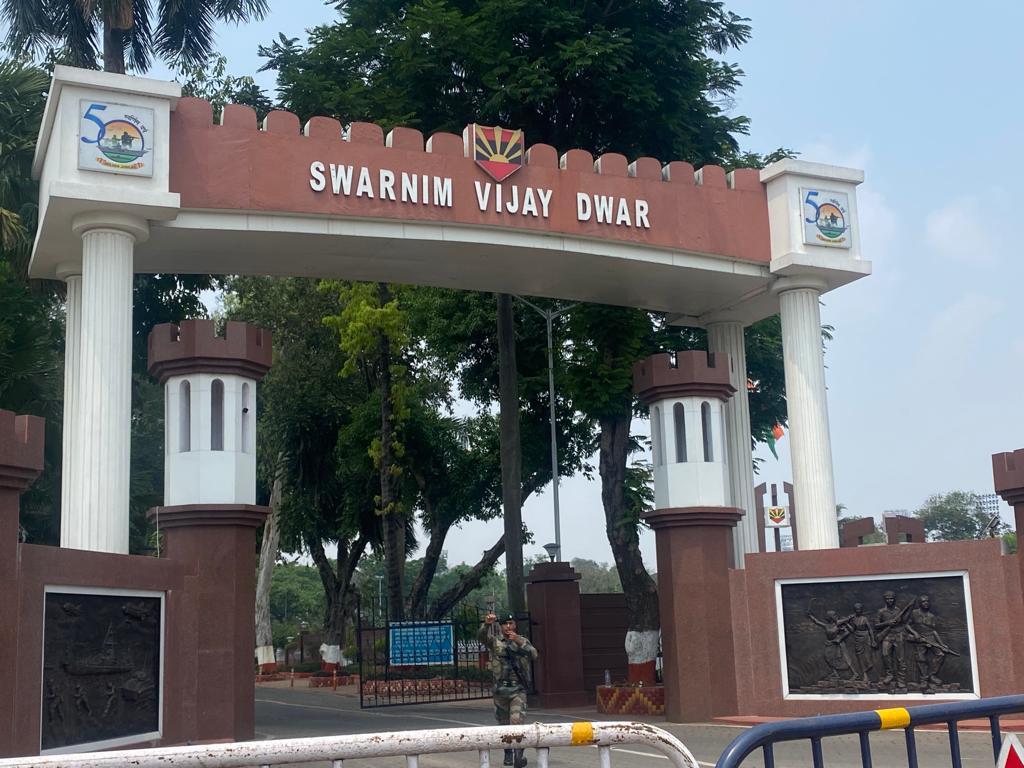
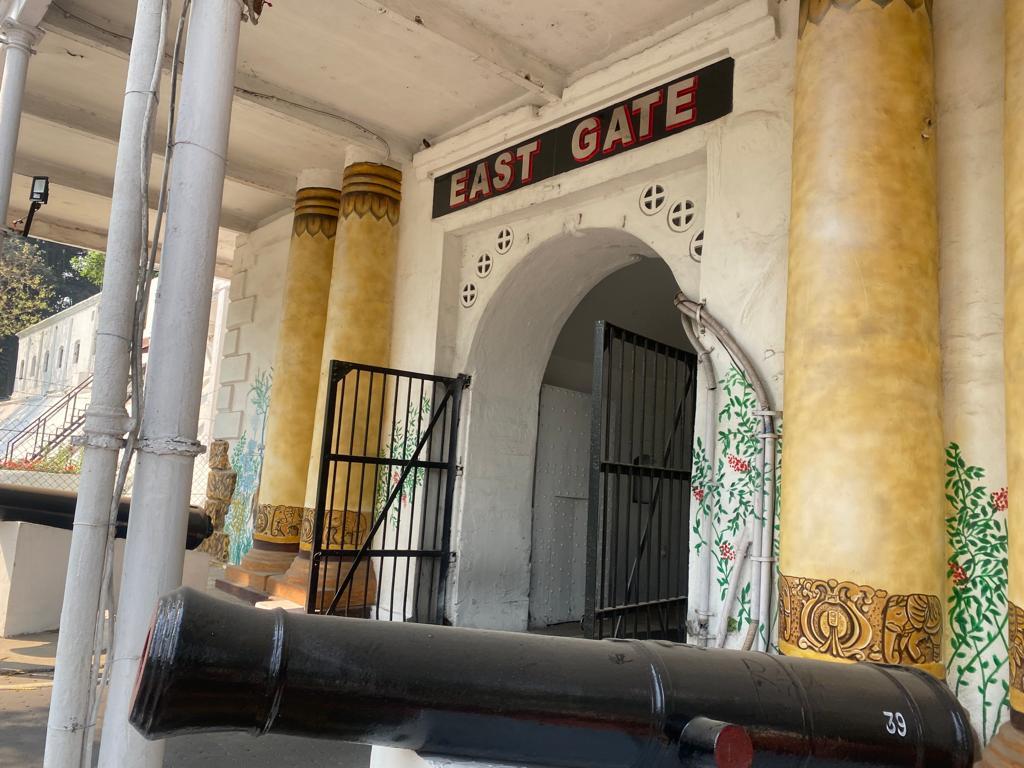
Not open to the public without permission, which is tough to acquire otherwise, News18 takes you on an exclusive journey through never-seen-before parts of Fort William. The heritage walk was recently experienced by West Bengal governor CV Ananda Bose and chief minister Mamata Banerjee.
The history of Fort William
Fort William was named after King William III. In history, two forts have been mentioned in Kolkata — one (now in the General Post Office region of Kolkata) was built around 1660 and captured by Nawab Siraj-ud-Dullah and the second one built, thereafter, was Fort William in 1775 by the British Raj. The edifice showcases the history of the East India Company and the Indian forces, and now acts as the headquarters of Indian Army’s Eastern Command.
Fort William covers an area 177.42 acres, three sides of it facing the Hooghly river.

First stop: Vijay Smarak
News18 took part in the heritage walk, which begins from the newly rechristened East Gate of Fort William. The guide, a soldier, first takes visitors to the ‘Vijay Smarak’ (war memorial) inaugurated by Lt Gen RN Batra in 1996.
The war memorial has the names of fallen soldiers from wars in 1962 and 1971. Names of those killed in insurgency are also written on the walls of this war memorial. On important days, the wreath-laying ceremony at the Eastern Command takes place at the Vijay Smarak.
“All our heroes’ names are written here and behind this, a description of the wars are also given. Wreath-laying takes place here and there is also one ‘jyoti’ (fire tribute) in the middle,” said Naib Subedar Ram Bahadur Khatri, a soldier who was the guide for the day.

Fort William’s moat
After Vijay Smarak, visitors are taken to see the moat, a long and wide channel dug around a castle or a fort and usually filled with water to thwart enemies. Back during the British Raj, Fort William also had a similar system. The moat is connected to the Hooghly, and has bridges built over it that acted as the entry points to the fort in the old days. The guide said whenever there was a threat, the moat was filled with water.

Naib Subedar Khatri said the East Gate was the original entry point of the fort. It has an interesting tunnel-like shape and is designed in a way so as to prevent the entry of big trucks and heavy vehicles to avoid a full-blown attack. In total, there are six gates into Fort William.
Command Museum
The next stop is the Command Museum, which was originally used to store weapons and ammunition. After independence, this was transformed into a museum with six galleries, each of which has a unique theme.
The first gallery showcases all the army commanders who have served in the Eastern Command. There is also a display of different types of uniform worn through the years, and how they have evolved. The old Fort William, which is the present-day GPO, its model and photos are also displayed.
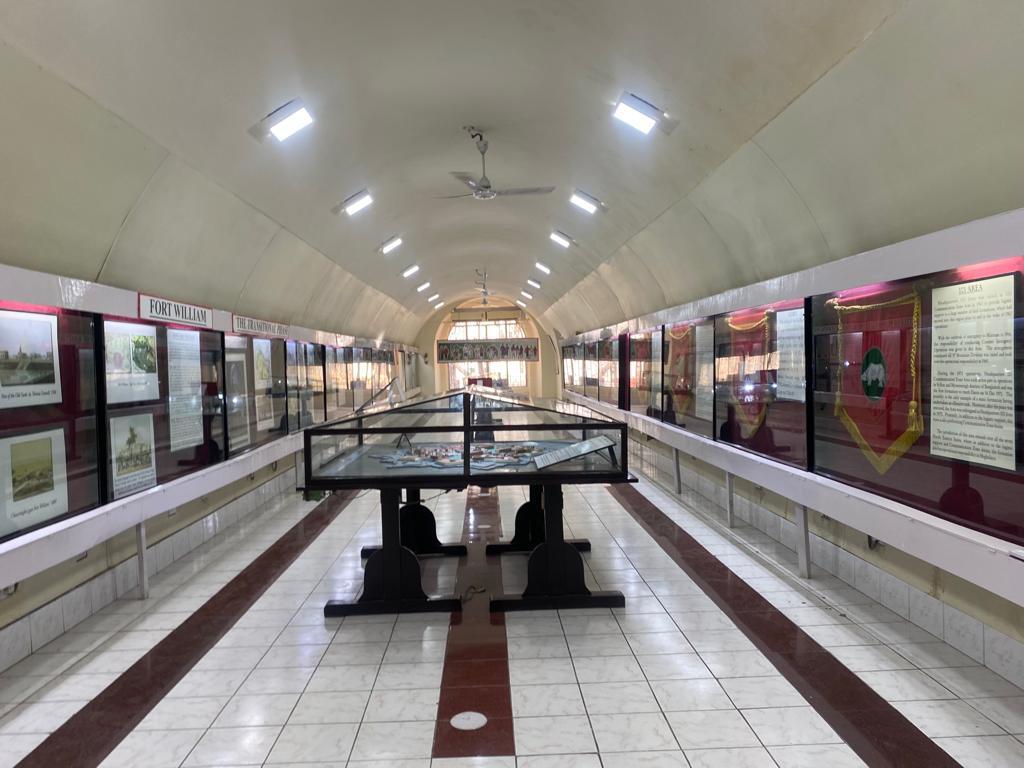
There are also details of how the old fort was invaded and how the new fort came up later. The new Fort William is octagonal in shape and was started to be built at a cost of Rs 22 lakh. The second gallery had information on the Sino-Indian conflict of 1962, Battle of Tawang among others.
The next gallery was dedicated to weapons. The gate of this weapon gallery is the first bulletproof door in Fort William. Inside the weapon gallery, every type of gun and ammunition was displayed.

“This is an excellent experience; so many important historical buildings are housed inside Fort William. We will also ask our friends to come and visit,” said Hiranmoy Doura, who was at the walk with his wife.
Jayshree, who was at the walk with her 12-year-old son, said, “Up until now, we have seen Fort William from outside but there are so many things we have got to know from this walk. I am sure my son will learn a lot.” This was followed by a trip to see an old gun placed on the roof for which the guide said there was a mechanism in place of lifting cannon balls to the top and then loaded into the gun to fire.

The next gallery was dedicated to the independence of Bangladesh and on display was an upside down flag of East Pakistan, and the instrument of surrender signed in 1971 by Lt Gen Jagjit Singh Arora and General AAK Niazi.

The last gallery of the Command Museum also portrays art and culture of the Northeast.
Command library
The visitors were taken to the oldest church of Fort William, which now houses the Command Library. It has rare books and the oldest gun of Fort William is also placed outside this beautiful building. The library is open to soldiers, officers and their families.
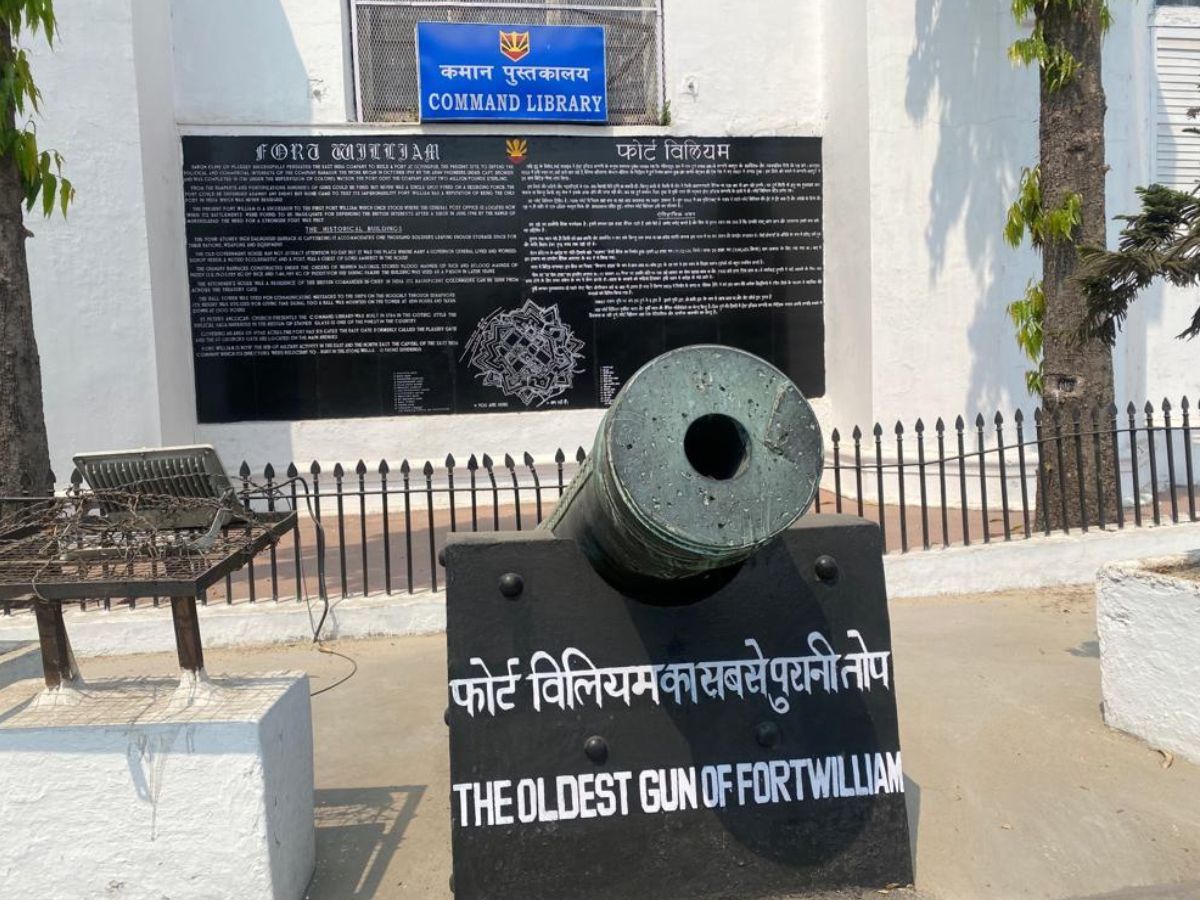
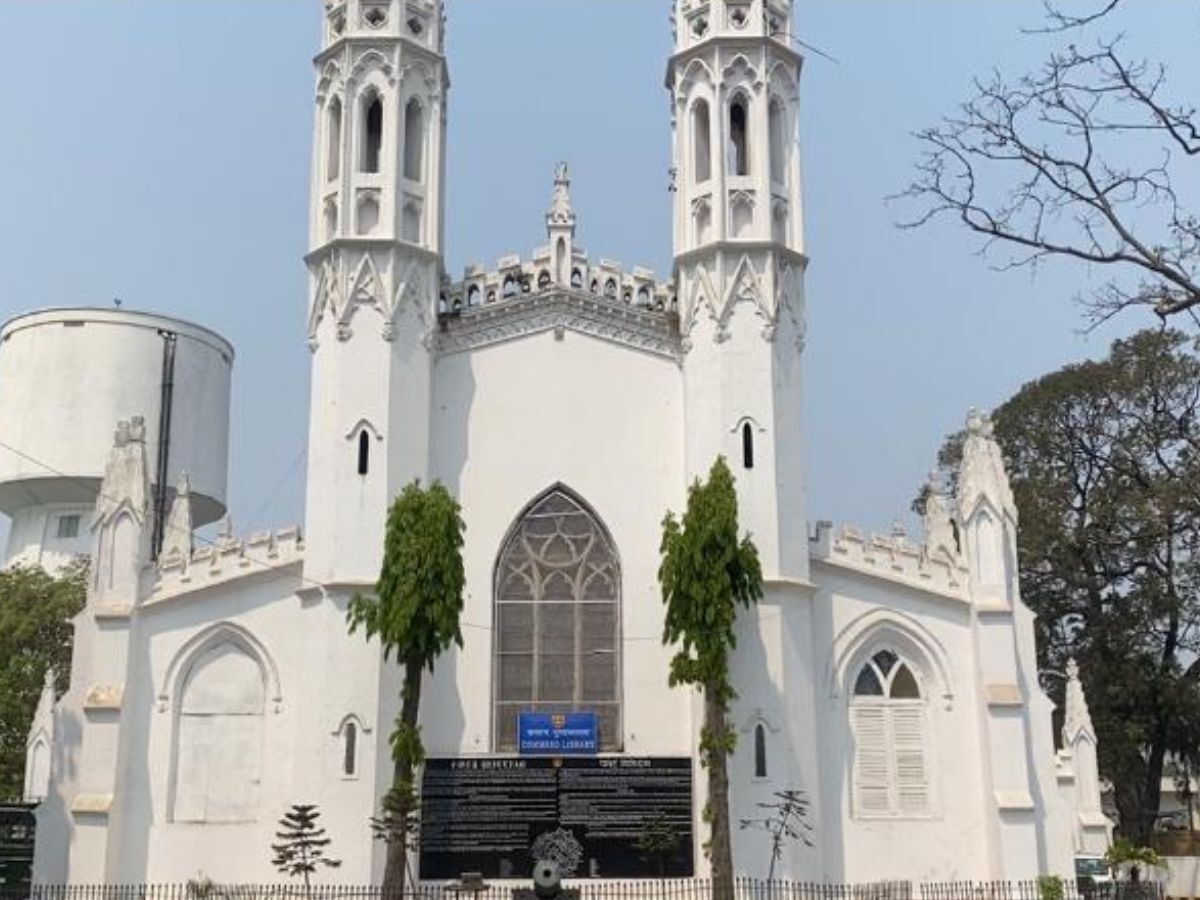
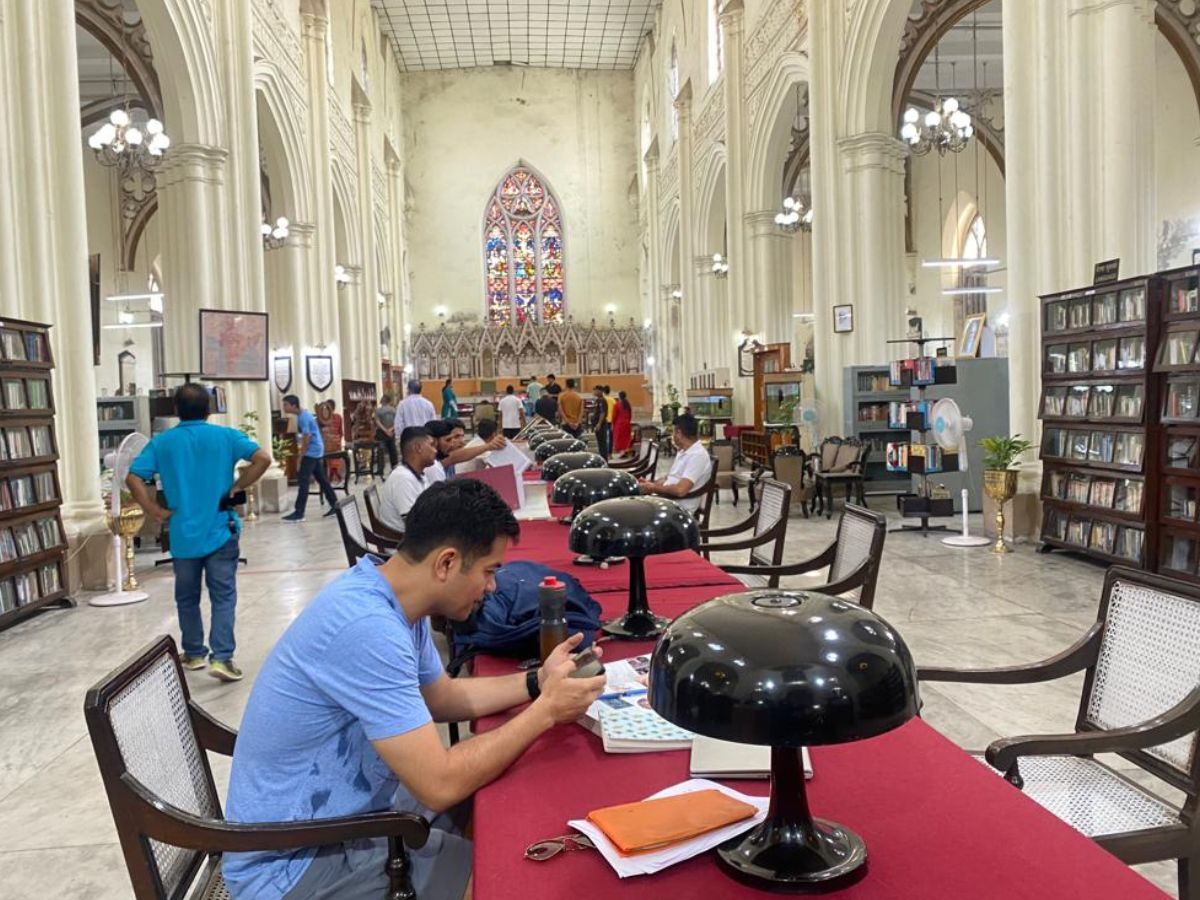
The Command Library has rare books and is open to soldiers, officers and their families; (top) The oldest gun of Fort William displayed outside the Command Library; (second from top) The oldest church of Fort William houses the Command Library. (Images: Kamalika Sengupta/News18)
Kitchener House
The next stop was the ever-imposing Kitchener House, which was constructed in 1771 and is located near the Treasury Gate — one of the six gates of Fort William. Initially, this was used as a residential accommodation.
The building was named after HH Kitchener, First Earl Of Khartoum, who stayed in this grand building when he was the commander-in-chief in 1902. The architecture of this building combines Gothic and Georgian styles. At the entry are paintings of the Royal Bengal tiger and the installation of a rickshaw-puller.
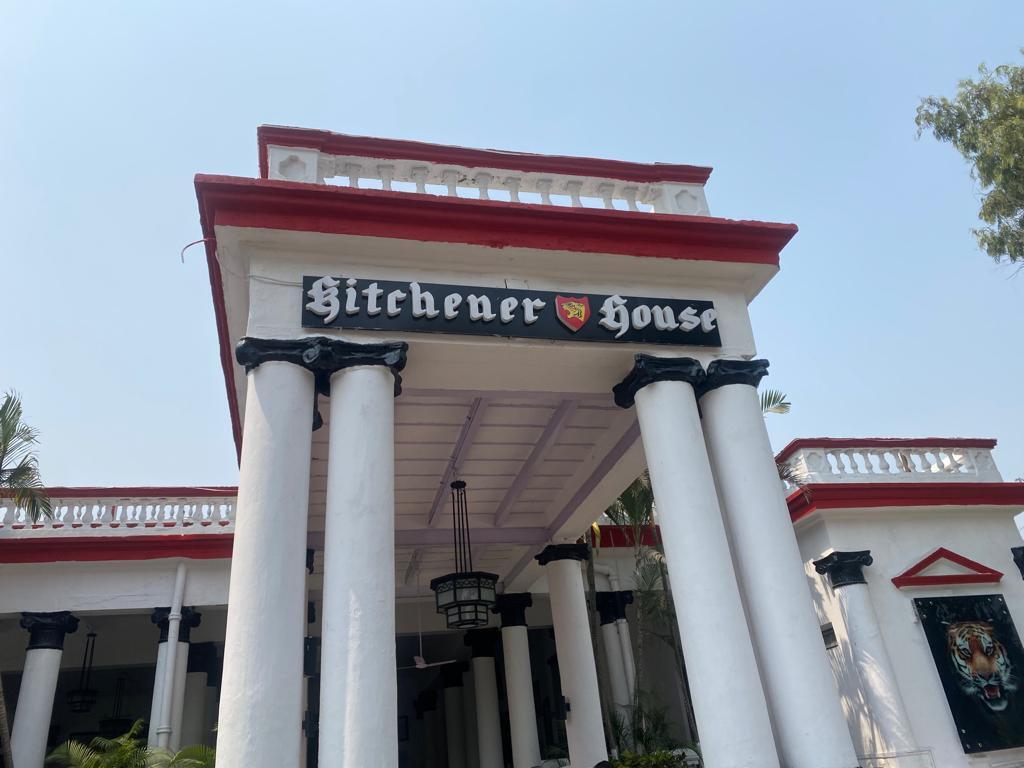
The building was converted in 1784 to the official residence of the commander-in-chief of the British Indian Army. Lord Wellesley, Governor General Of India, also stayed here from 1789 to 1803. After the British moved their capital to Delhi in 1911, it became an officers’ mess.
A time gun is displayed here, which was used to send out signals to ships in the Hooghly river. This place has a dining table, which seats 26 people at once. It is still used as an officers’ mess.
Dalhousie Barrack
The last stop on the tour was Dalhousie Barrack – a four-storied barrack – that houses more than 1,000 soldiers. The most interesting part of this building is the Bose cell. It is said that in 1940, Netaji Subhas Chandra Bose was brought here and this cell is kept the way it was as a mark of respect.
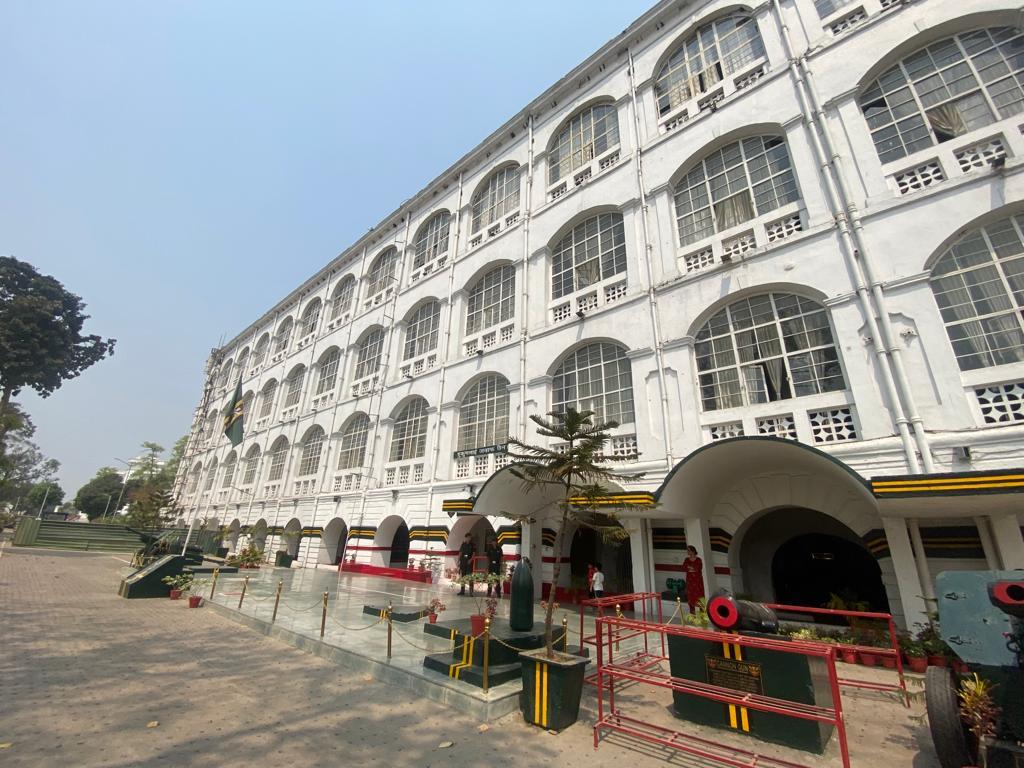
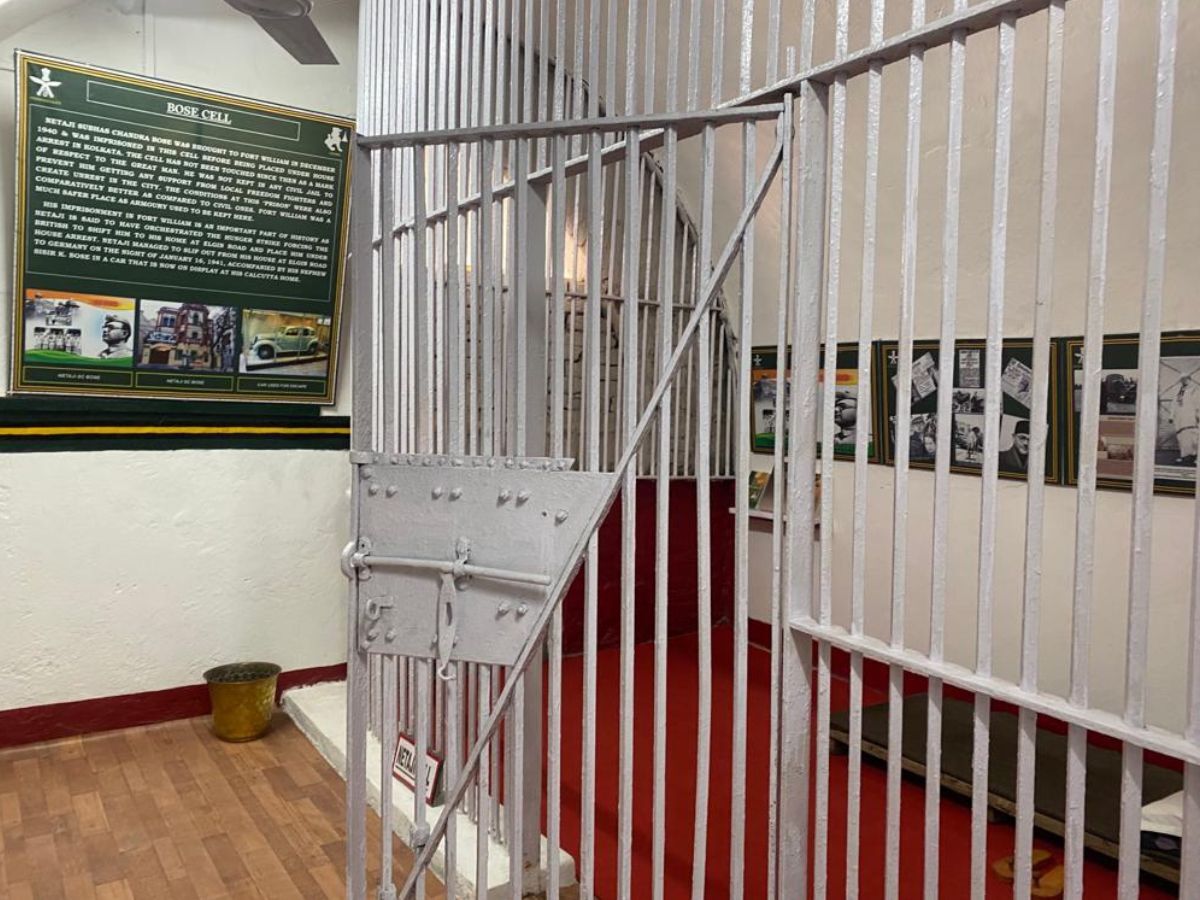
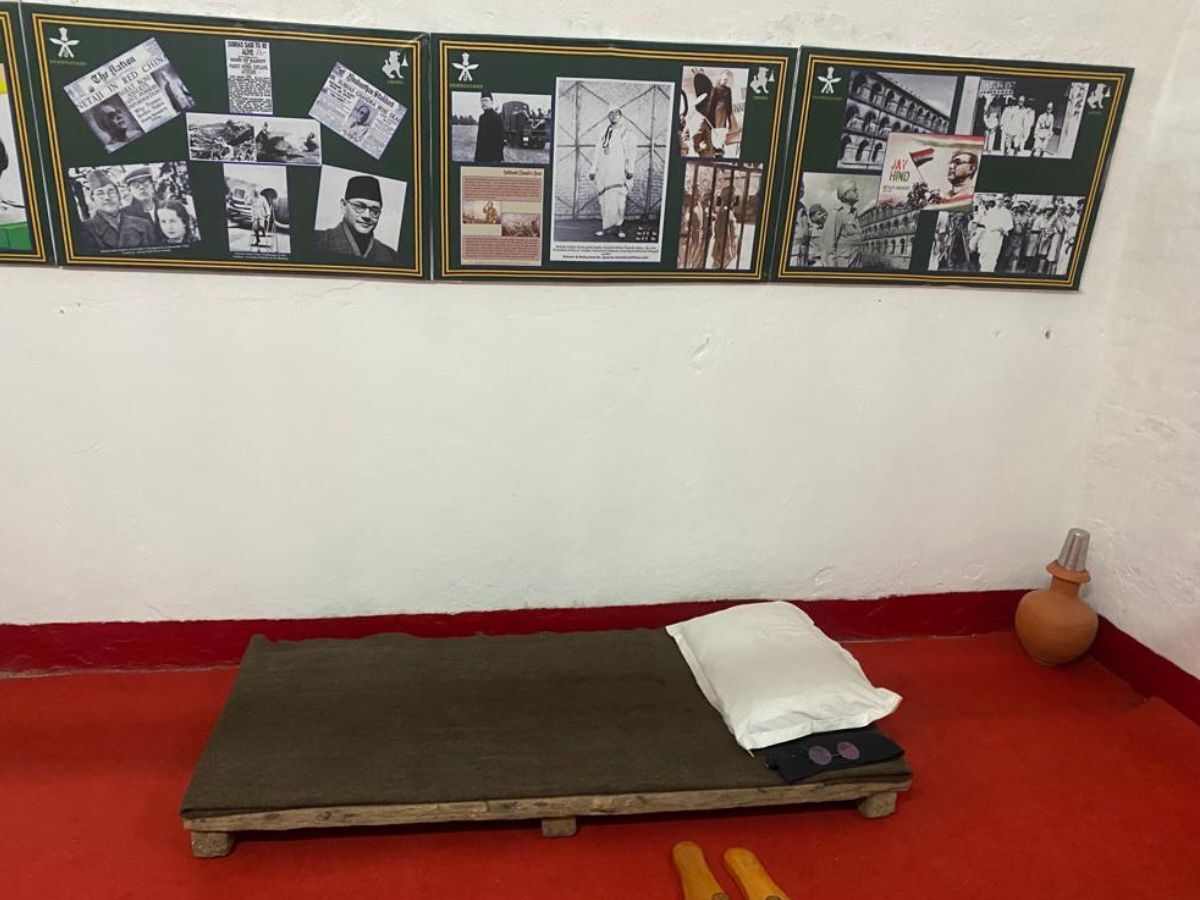
(Above) Both pictures are of the Bose cell, where Netaji Subhas Chandra Bose was brought in 1940. The cell is kept the way it was as a mark of respect. Images: Kamalika Sengupta/News18
The walk ended with a visit to a tank captured by India in the 1971 war. The front portion of the gun is bent to show the valour of India’s victory.
You have to reach Fort William by 8 am for the walk and register with a photo ID. Pictures are not allowed to be clicked during the walk but can be clicked and sent to you by the army.
The army has decided to open Fort William for the public on Sundays, while it is also open for students on weekdays. Those interested can mail at [email protected] and pay Rs 200 for the heritage walk.
According to sources, the army has also decided to start a website for the heritage walk so that more people are interested in this walk inside Fort William.
Read all the Latest India News here


















Comments
0 comment